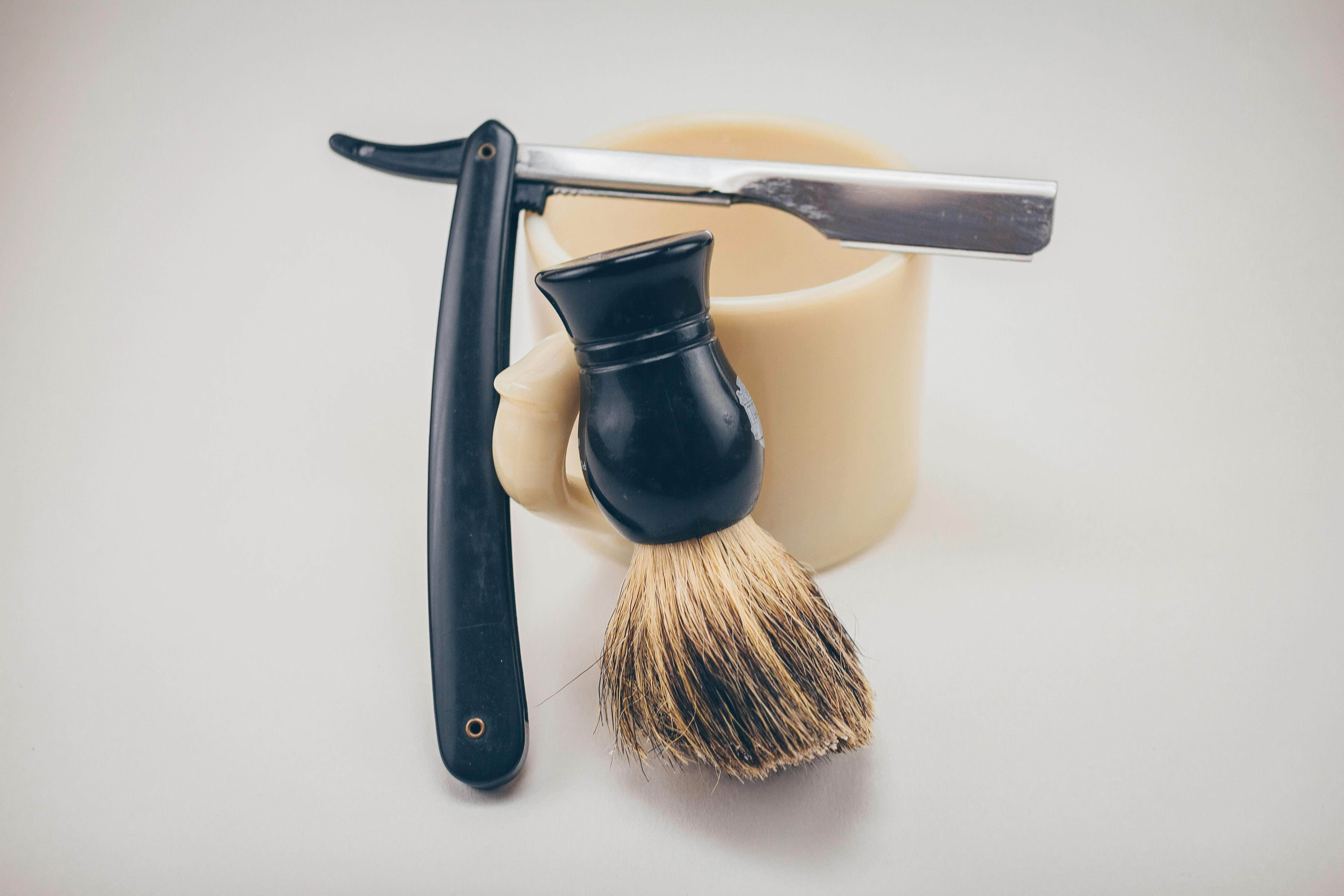Simple Guide to Remove Lash Extensions at Home Efficiently
Removing lash extensions at home can seem daunting, but with the right approach and techniques, it can be done safely and effectively. Lash extensions, while beautiful, can sometimes cause irritation or discomfort, leading many to seek removal. It's essential to understand the process involved in lash extension removal, especially to avoid any potential damage to your natural lashes. This guide will walk you through various methods, tips for safe removal, and aftercare to ensure your natural lashes remain healthy. By following these steps, you can efficiently manage your lash extensions from the comfort of your home.
Benefits of Removing Lash Extensions at Home
Many individuals prefer the convenience of DIY lash extension removal for several reasons. First, it can save time and money compared to visiting a professional. Home removal allows for a relaxed pace, free from the pressure of salon appointments.
Additionally, it empowers you with knowledge of your own suitability for certain products and techniques, enhancing your confidence in lash management. By understanding how to care for your eyelashes after removal, you minimize the chances of damaging your natural lashes, ensuring they can remain healthy.
Popular Methods for DIY Lash Extension Removal
There are various methods for removing lash extensions at home, each with its pros and cons. From natural oils to commercial removers, the options cater to different preferences and sensitivities. Here are a few popular methods:
- Using Coconut Oil: Coconut oil is renowned for its moisturizing properties. It effectively softens the eyelash adhesive, allowing the extensions to come off gently.
- Oil-Based Removers: These specialized products can effectively dissolve the glue used in lash extensions. It's essential to choose a remover designed for eyelash extensions to avoid irritation.
- Steam Method: Applying steam can help loosen the adhesive. After steaming, gently rub the eyelids with a cotton ball soaked in a suitable oil.
Step-by-Step Lash Extension Removal
Preparing for Removal
Before removing lash extensions, it’s crucial to prepare your materials. You will need a reliable oil (like coconut or olive oil), cotton pads, a clean towel, and possibly a lash extension remover if you opt for one. Start by ensuring your face is clean and free of makeup for optimal adhesion.
Lay out your tools within reach, so you're not scrambling during the process. It reduces the risk of irritation or mishap, allowing you to focus entirely on the removal.
Gentle Lash Extension Removal Process
To effectively remove lash extensions, follow these steps:
- Apply Oil: Using a cotton pad, apply your chosen oil liberally to the area around your lashes, ensuring the adhesive is softened.
- Let It Sit: Allow the oil to penetrate the glue for a few minutes. This step is crucial to avoid pulling on your natural lashes.
- Gently Wiggle Extensions: After the oil has had time to work, gently wiggle each extension back and forth. They should slide off easily if the adhesive has softened adequately.
- Clean Up: Once all the extensions are removed, cleanse the area to remove any oil residue. This is vital in maintaining eyelash health.
- Hydrate Lashes: After removal, consider applying a lash serum or oil to nourish your natural lashes.
Common Mistakes to Avoid
When removing lash extensions at home, it's important to be aware of common mistakes that can lead to damage:
- Pulling or Yanking: Never pull at the lashes. This can damage your natural lashes, leading to breakage or loss.
- Ignoring Adhesive Types: Different eyelash adhesives have varying removal methods. Ensure you know the type used when choosing your removal technique.
- Not Following Up on Care: After removal, neglecting the aftercare process can result in lash fragility. Always remember to nourish your lashes post-removal.
Lash Extension Care Post-Removal
Aftercare for Natural Lashes
Post-removal care is essential for your lash health. Consider incorporating a nourishing oil, like castor oil or vitamin E, to promote healthy growth and conditioning. This not only aids in recovery but also enhances the natural strength and appearance of your lashes.
Additionally, avoid using mascara or eyelash curlers for a week after removal. Giving your lashes some downtime allows them to recuperate from the weight of extensions and potential adhesive irritation.
Long-Term Lash Health Techniques
For those keen on maintaining lash health long-term, establishing a care routine is beneficial. Regular cleansing, using gentle formulas on the eye area, and consulting a professional for occasional lash rejuvenation treatments can work wonders.
It's crucial to pay attention to any signs of irritation or discomfort. If you experience persistent issues post-extension removal, don't hesitate to consult an eye care professional for advice.
Frequently Asked Questions About Lash Extension Removal
What are the safest methods to remove lash extensions?
The safest methods include using natural oils or purchasing specialized lash extension removers designed specifically for adhesive breakdown. It's crucial to avoid harsh chemicals that can irritate the eyes.
How long should I wait after lash extensions before applying new ones?
Ideally, give your natural lashes at least 2-3 weeks to recover before reapplying extensions. This recovery time allows for repair and healthier growth.
What should I do if I experience irritation after removal?
If irritation occurs, cleanse the area with a gentle eye wash and apply a soothing gel or serum. If discomfort persists, consult with an eye specialist.
Can I remove lash extensions without damaging my natural lashes?
Yes, by using gentle and recommended removal methods, you can safely remove extensions without causing damage. Follow the step-by-step guidelines to ensure careful handling.
What are the benefits of professional lash extension removal?
While DIY removal can be effective, professionals may use advanced techniques and products optimized for adhesive breakdown, minimizing the risk of damage and ensuring a thorough removal.
 example.com/image2.png
example.com/image2.png
 example.com/image3.png
example.com/image3.png 